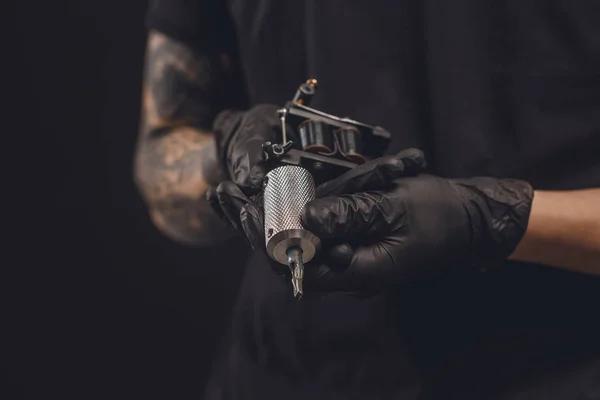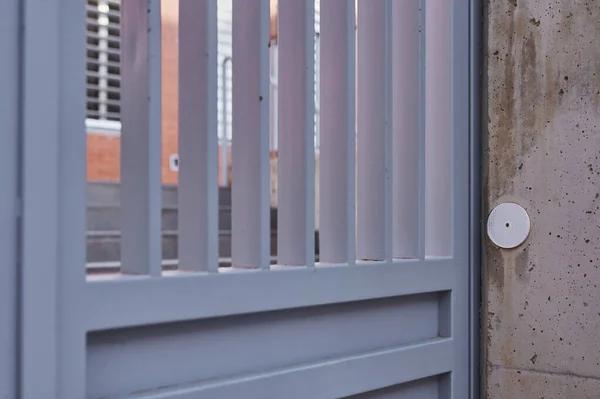Tattoos have been a part of human culture for thousands of years, with the earliest known examples dating back to 3370 BC. These ancient markings were not just body decorations but profound cultural expressions, spiritual symbols, or status indicators. Today, tattoos are seen as a form of personal expression and artistry. Yet, it’s essential to remember and honor the deep-rooted history behind this practice.
Classic flash and form tattoos are one way to pay tribute to tattoo history. Flash refers to the sheets of designs that you often see lining the walls of tattoo parlors. These designs were traditionally drawn by individual artists for their customers to choose from. They represent an era when sailors and soldiers would walk into a shop on payday and pick out a design from get the details wall – hence ‘flash’ because they wanted something quick.
Flash tattoos are typically characterized by bold lines, vibrant colors, and iconic imagery such as roses, skulls, daggers, hearts pierced by arrows or nautical themes like anchors or swallows. These images hold historical significance; each symbol has its own story rooted in folklore or tradition.
For instance, nautical stars helped guide sailors home safely while sparrows represented freedom after long sea voyages. Similarly, heart tattoos signified love or passion whereas skull designs symbolized death or danger.
On another note is classic form tattoos which refer more specifically to traditional techniques used throughout history such as hand-tapping used in Polynesian cultures or Tebori in Japan where ink is manually inserted under the skin using non-electrical tools made from bamboo or metal.
These methods require immense skill since every dot must be perfectly placed without any room for error; it’s meticulous work that can take hours even days depending on size and complexity of design but results in deeply saturated color with unique texture that cannot be replicated by modern machines.
Honoring tattoo history through classic flash and form isn’t just about replicating old designs but understanding the stories, culture and craftsmanship behind them. It’s about appreciating how far tattooing has come from a cultural practice to an accepted form of self-expression and artistry.
In recent years, there’s been a resurgence in these traditional styles as more people seek out tattoos with deeper meaning or connection. Artists too are rediscovering the beauty of classic techniques, incorporating them into their work or even specializing exclusively in them.
Ultimately, whether you’re getting inked for aesthetic reasons or personal significance, it’s worth taking time to explore the rich history behind this ancient art form. After all, every tattoo tells a story – not just of the person wearing it but also centuries-old traditions that have shaped it into what we see today.




